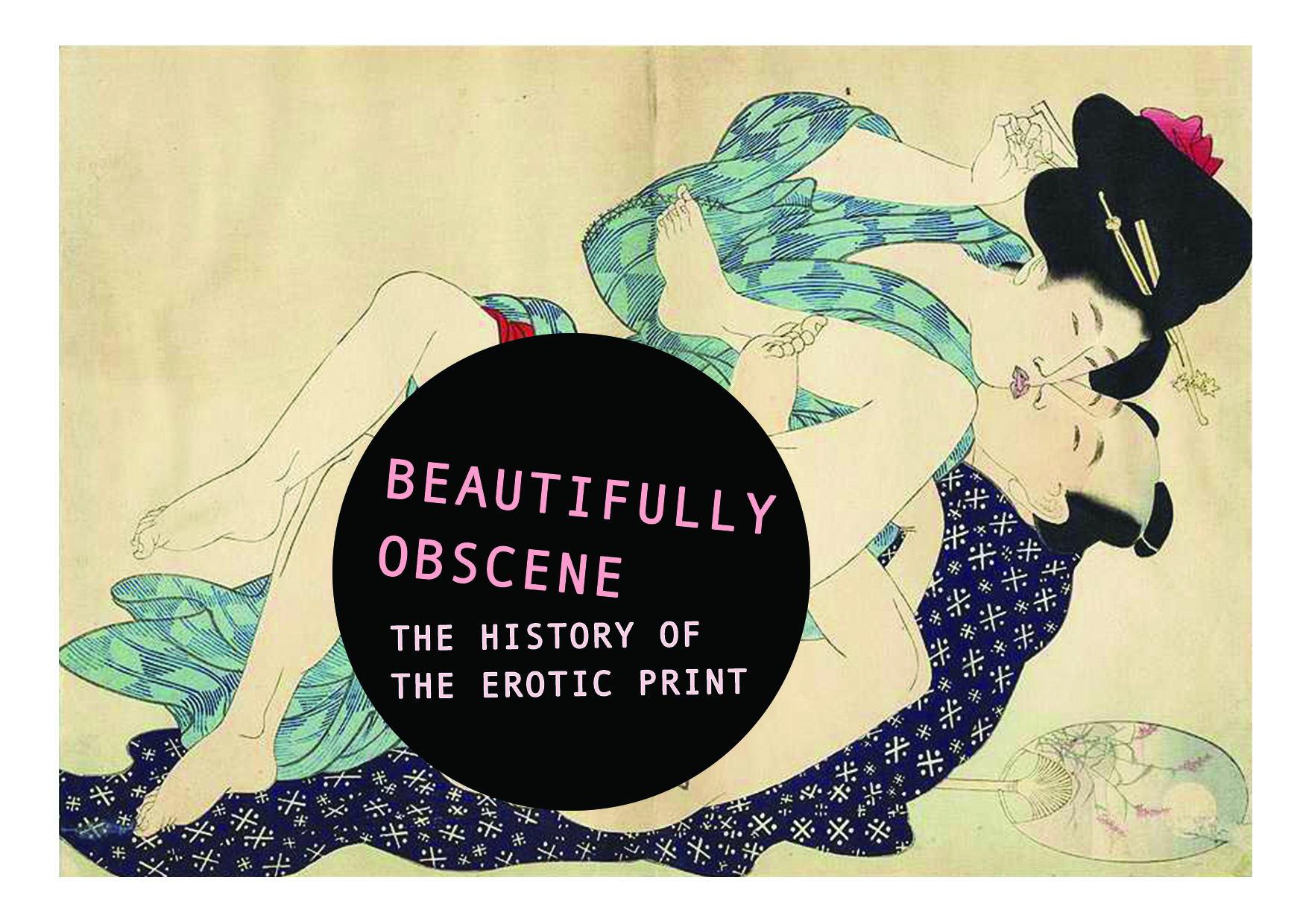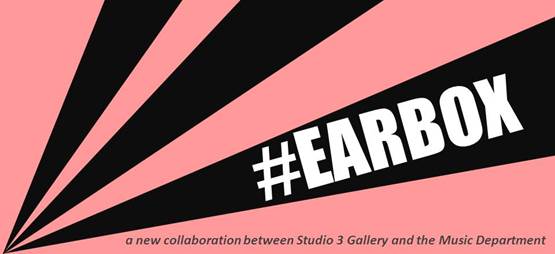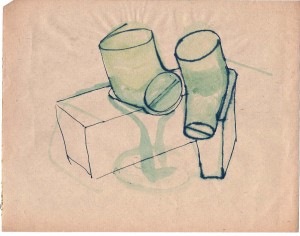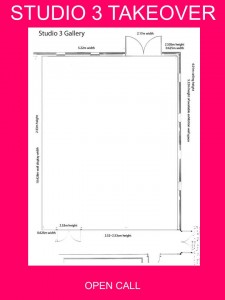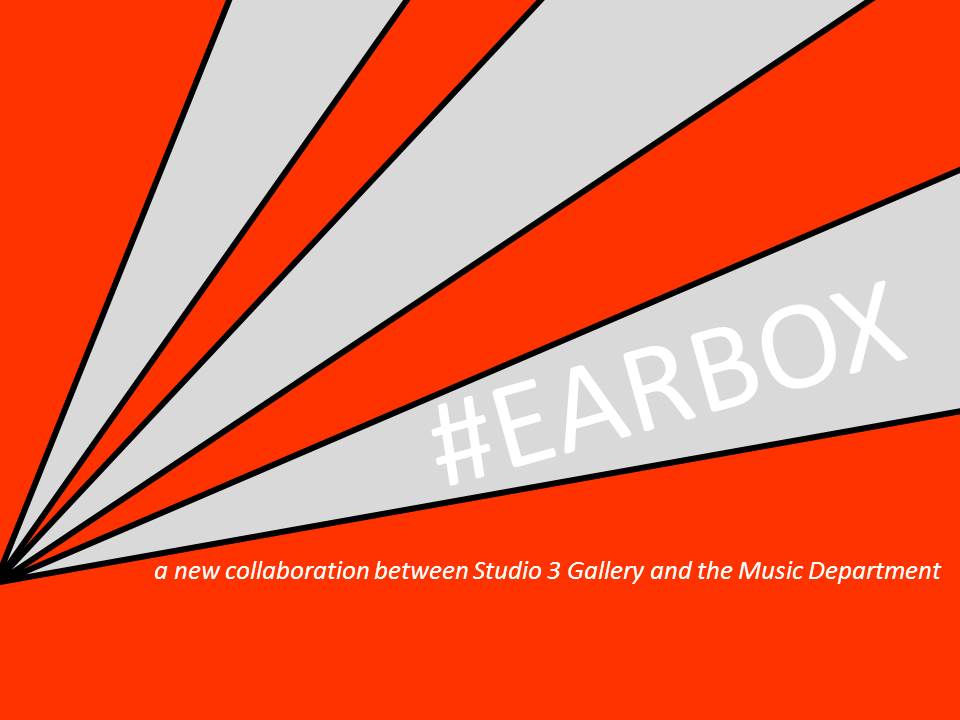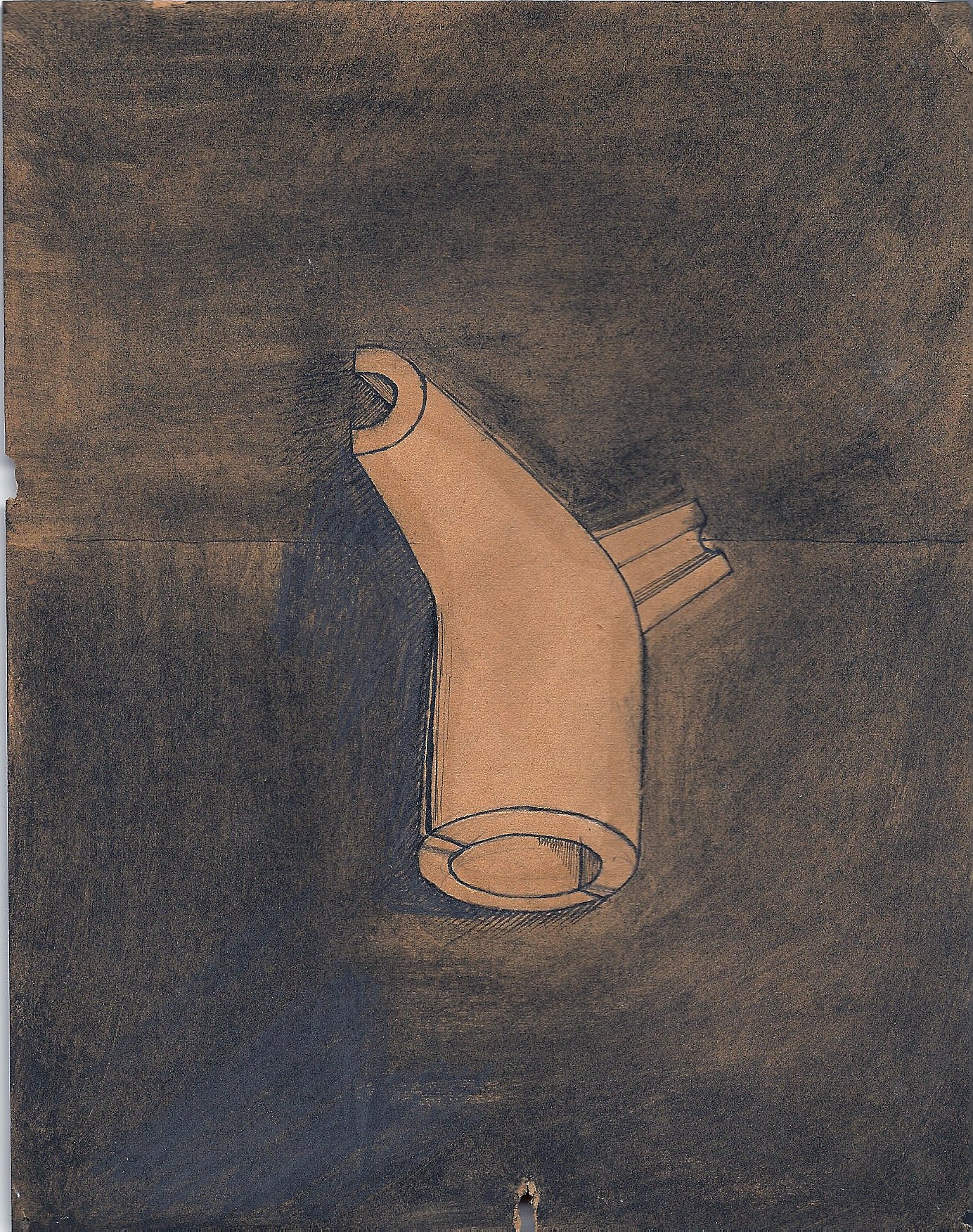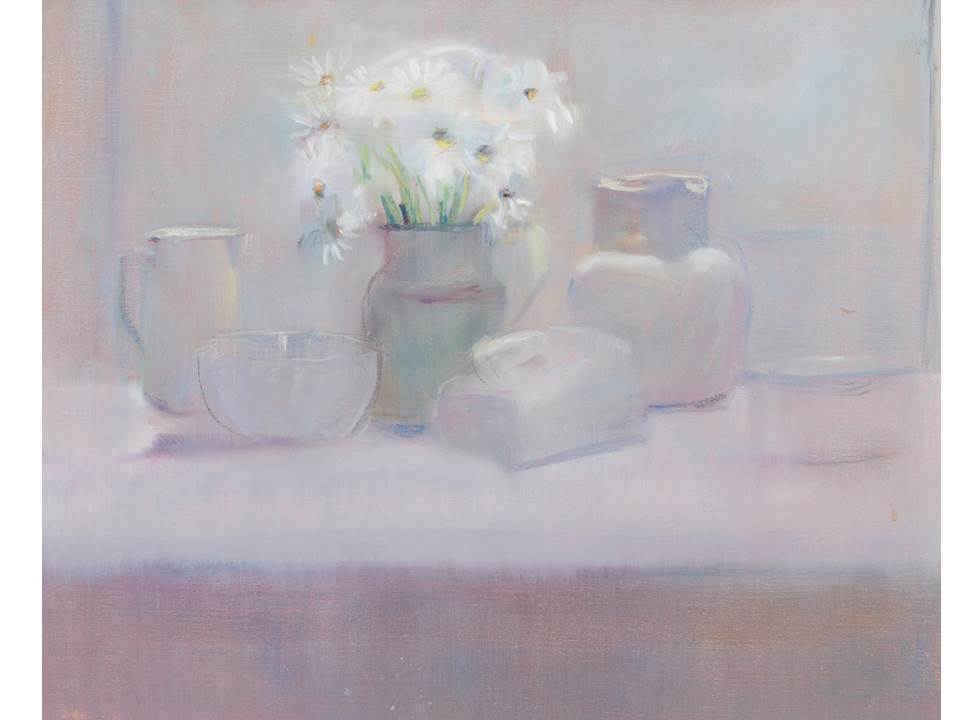George Eksts: Casual Cursive
12 August 2015 – 3 October 2015 (Admission free)
Sidney Cooper Gallery, Canterbury
George Eksts (b.1978) is a British artist who lives and works in London. He works across a range of media from: drawing, printmaking, photography, installation, video, painting and sculpture exploring ideas and connections between progress, completion and the temporary passing of time.[1]
Having completed a BA in Photography at Falmouth College of Art, Eksts went on to the Royal College of Art, London, to study an MA in Printmaking. When he is not busy creating new artworks, Eksts works for the V & A, London as a photographer documenting the archives.[2]
Influences from Francis Alys (b. 1959, Belgium) can be seen in Eksts’ preoccupation with the flâneur’s element of chance from observing society, and the cyclical repetition in his video installations. Similarly, the wit in Eksts’ video loops can be seen to have inspirations from Marcel Broodthaers’ (1924-1976, Belgian poet and film maker) humorous approach to creating art works, as in Falsework, 2012 which documents scaffolders at work. Like Mike Kelley (1954-2012, American artist), Eksts is also drawn to working with found objects such as road signs he discovered taped up in the City of London for Don’t Stop 1 & 2, 2012 and the flagpoles he acquired from outside a town hall in Manchester in Three State Solution, 2012.
Reflecting on his work Eksts explains: ‘I’ve always been fascinated by placeholders, variables, lacunae, support structures, anything that is not an end in itself but suggests interchangeable and unknown possibilities. The grey silk of Three State Solution seems to absorb colour and light from its surroundings.’[3]
Casual Cursive is a selection of pre-existing works such as Three State Solution, 2012 and the 5 channel video installation, Roman Holiday, 2012. Sitting comfortably alongside these earlier works are four new works such as mixed media diptych, Wandering by Night, 2015 and the 3 channel video installation, Well, 2015, commissioned for exhibition during a month’s studio residency. Eksts’ new works link to previous works through their structures even though they look quite different on the surface. For example, the text paintings seen in Wandering by Night, 2015 are of palindromes which read the same forwards and backwards, like some of the videos which loop by going forwards and backwards in time, back to the beginning point.
Speaking about his studio residency Eksts reveals his intentions, ‘I wanted to make temporary work (mostly directly on the wall) and document the process through photography, which would then hopefully feed into other forms, like animation. I tried to work quite quickly and not be too precious about the results. By photographing every stage, I’m able to make decisions later through an editing process.’[4]
To make the wall drawings, Eksts connected a projector to a drawing tablet. He then drew/wrote while looking at the wall where it was being projected, in order to get an idea of how the architecture of the studio interacted with the drawing. The drawing part is very gestural with a quick and loose hand movement, to produce a dynamic and unpredictable line. He repeated this process over and over again, deleting it until he was happy with the form. Then, he carefully traced a pencil line around the projection, turned off the projector and painted inside the outline. This process was utilised for the panel drawing, Wandering by Night, 2015.[5]
The title refers to cursive handwriting where not all of the letters are joined up. Eksts sees his practice as a language, where each of the individual pieces is like a letter which can be joined together in varying sequences to produce meaning. In this sense, Casual Cursive is about making those connections between the pieces of work, and sometimes breaking the connections too. In many ways, it’s the connections and sequences that are as important as the individual works themselves.
Upon entering the gallery, these connections and breaks can best be seen in Wandering by Night, 2015. This mixed media piece was created through experimentation by creating a large cursive palindrome in paint. This was then transferred onto wooden sections that were broken up and moved around to create the blue-edged diptych. On closer inspection, light pencil lines can be seen breaking the cursive flow of the paint. This is followed by one of his previous works, ink jet prints, Don’t Stop, 2012 (inkjet prints). The contrast with Duchampian found objects (road signs) followed by newly produced mixed media is a good balance.
A hexagonal wooden structure situated in the centre of the gallery screens five video loops of Roman Holiday, 2012. Here, viewers can stand and become mesmerized by the repetitive looping present in each non-narrative video whilst searching for the similar time structures within each one.
Sidney Cooper Gallery’s curator, Hazel Stone, describes Eksts’ work: ‘There is a wonderful sense of play in George’s work. The fluidity and fabric of the everyday re-presented, edited, looped or reversed into a new state of being. The gallery has been delighted to host George as artist in residence and to be able to showcase new works produced during the residency to the public. The mix of existing and new works gives the viewer insight into the interplay between concept and fabrication and the constant drive to create works which side step preconceived endpoints whilst maintaining the ongoing possibility for revision, refabrication and endless outputs.’[6]
This show sheds light on the creative thought processes that Eksts has followed to produce the variety of artworks on display. Seemingly simplistic, yet deeply thought-provoking his work will provoke visitors to search for how these works are linked, possibly deciding to look for different perspectives and connections of the everyday.
Frances Chiverton, Curating MA Student
[1] www.tintypegallery.com/artists/george-eksts – accessed 11 August 2015
[2] 1st interview with artist George Eksts 15 July 2015.
[3] Correspondence with Sarah Grant for Ornament prints and Contemporary Art, V & A blog, London 12 March 2012
[4] 2nd interview with artist George Eksts, 12 August 2015
[5] 2nd interview with artist George Eksts, 12 August 2015
[6] Interview with Sidney Cooper Gallery curator, Hazel Stone, 11 August 2015

